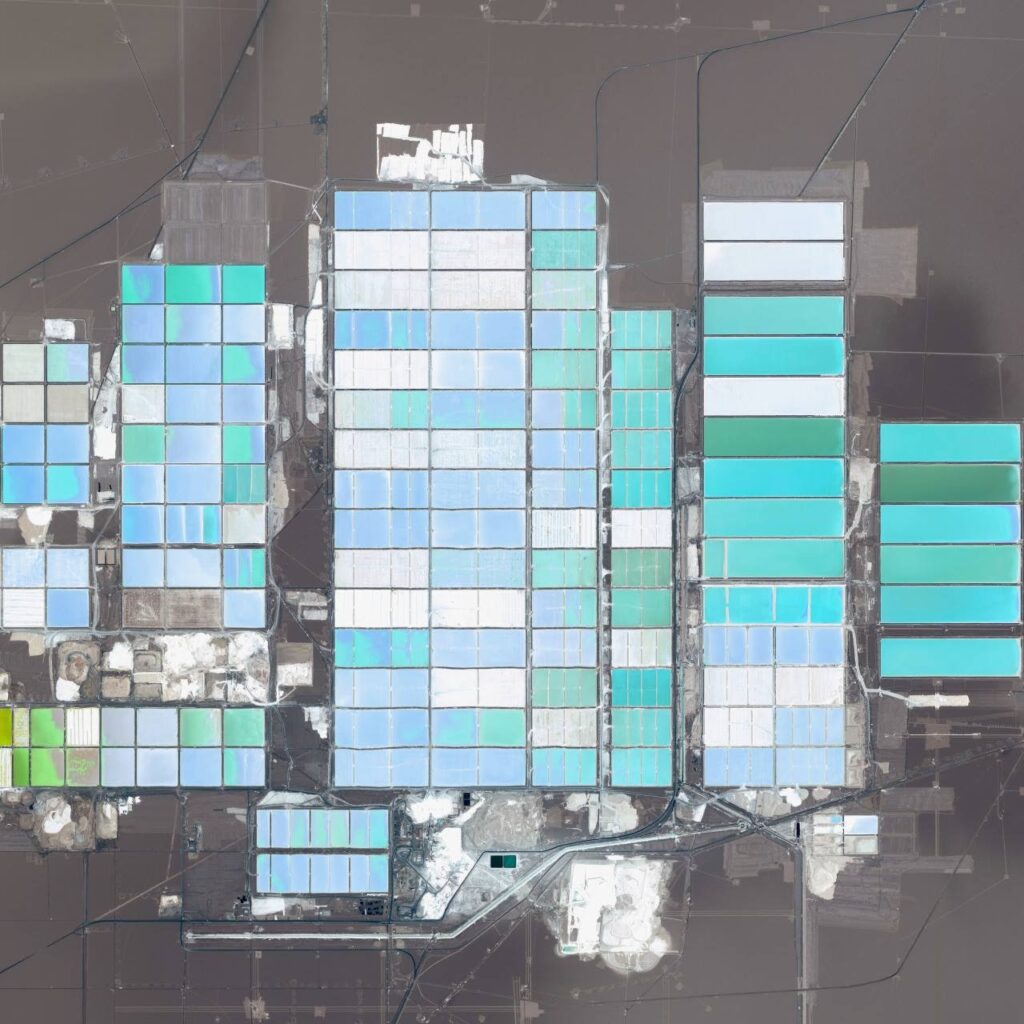
A remote region in the high Andes straddling the borders between Argentina, Bolivia, and Chile has become known as the Lithium Triangle. The area has become the focus of a global rush for lithium to make batteries for electric cars. The global demand for lithium is expected to quadruple by 2030 to 2.6 million tons a year.
According to the U.S. Geological Survey, more than half of the world’s lithium reserves are dissolved in ancient underground water within the Lithium Triangle. The cheapest way to extract the lithium is to pump the underground water to the surface and evaporate it in the sun to concentrate the lithium carbonate contained in it.
Every ton of lithium carbonate extracted using this cheap, low-tech method dissipates into the air about half a million gallons of water that is vital to the arid high Andes. The process lowers water tables and has the potential to dry up lakes, wetlands, springs, and rivers. Hydrologists and conservationists say the lithium rush in Argentina is likely to turn the region’s delicate ecosystems to deserts.
The global drive for green vehicles to fight climate change has the potential to be an ecological disaster in this remote region of South America and for the indigenous people who live there.
The environmental impacts are not an inevitable price for the transition to electric vehicles. First of all, there are alternatives to lithium. Both zinc and nickel are potential substitutes in rechargeable batteries. But, there are also ways of obtaining lithium that are less destructive than evaporating the metal from saline ecosystems. It is up to battery manufacturers, automakers, and financiers to start demanding lithium from sources that are less environmentally destructive.
**********
Web Links
Why the Rush to Mine Lithium Could Dry Up the High Andes
Photo, posted September 25, 2015, courtesy of Nuno Luciano via Flickr.
Earth Wise is a production of WAMC Northeast Public Radio
Leave a Reply